Blog

Read more
April 11, 2025
8 expert insights: How to prevent theft in unattended and hybrid retail stores
Retail
Innovation
Self-checkout (SCO)
Unattended
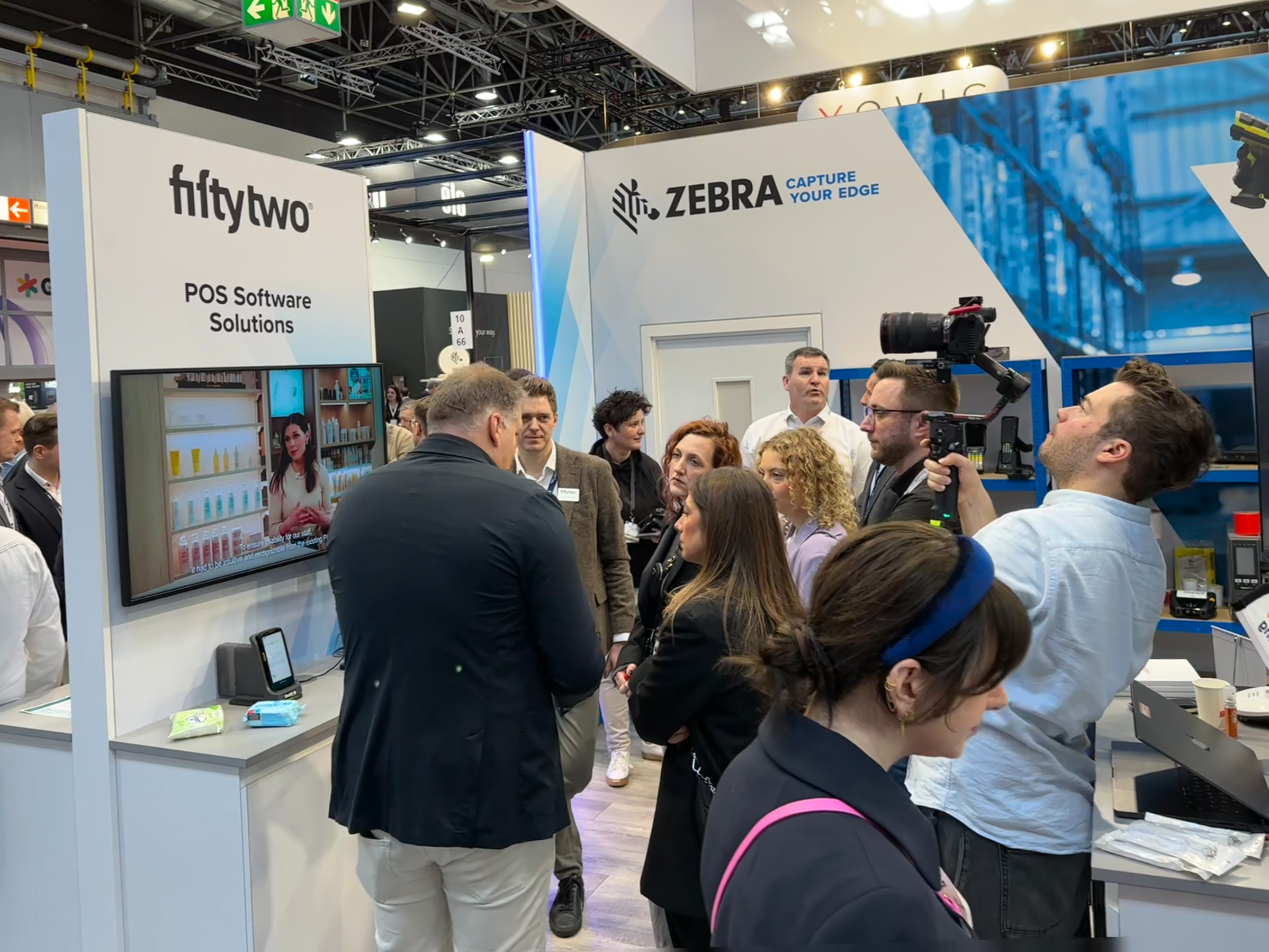
Read more
March 10, 2025
EuroCIS 2025: What’s gaining ground in retail technology?
Retail
Events
Innovation
What's new?
Unified Commerce
Self-checkout (SCO)
Mobile POS (MPOS)
Unattended
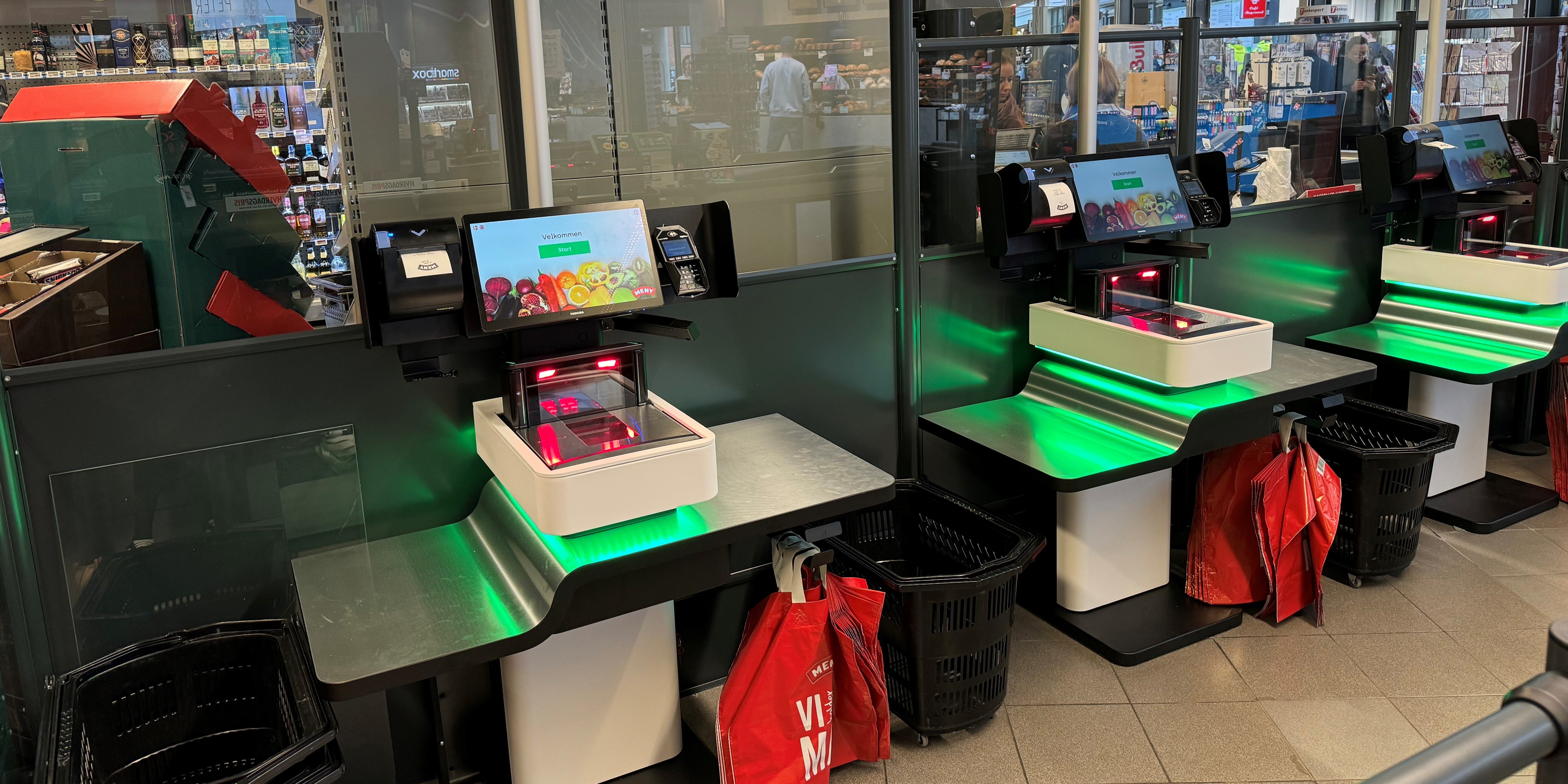
Read more
November 4, 2024
Dagrofa introduces self-checkout in MENY with Fiftytwo's 52ViKING POS
Retail
Innovation
Self-checkout (SCO)
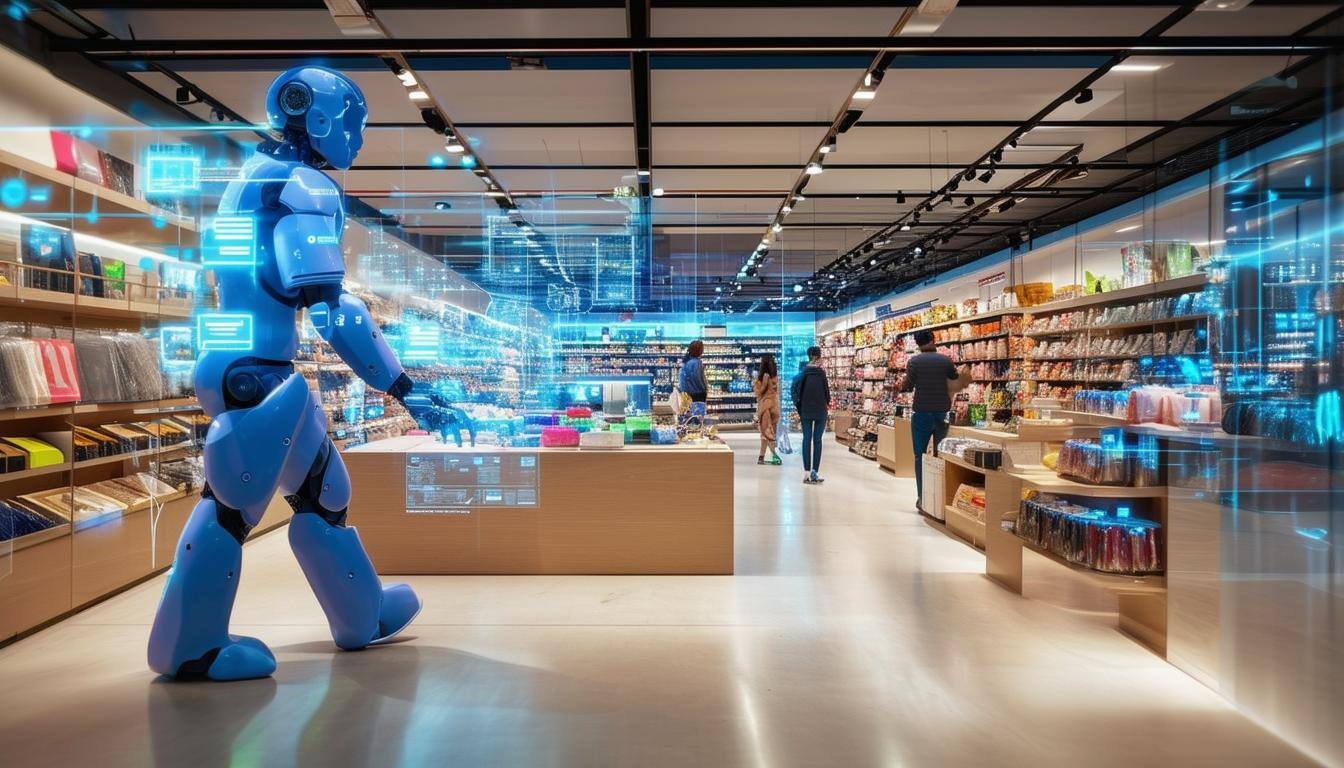
Read more
October 29, 2024
What AI means to retail: exploring opportunities and challenges
Retail
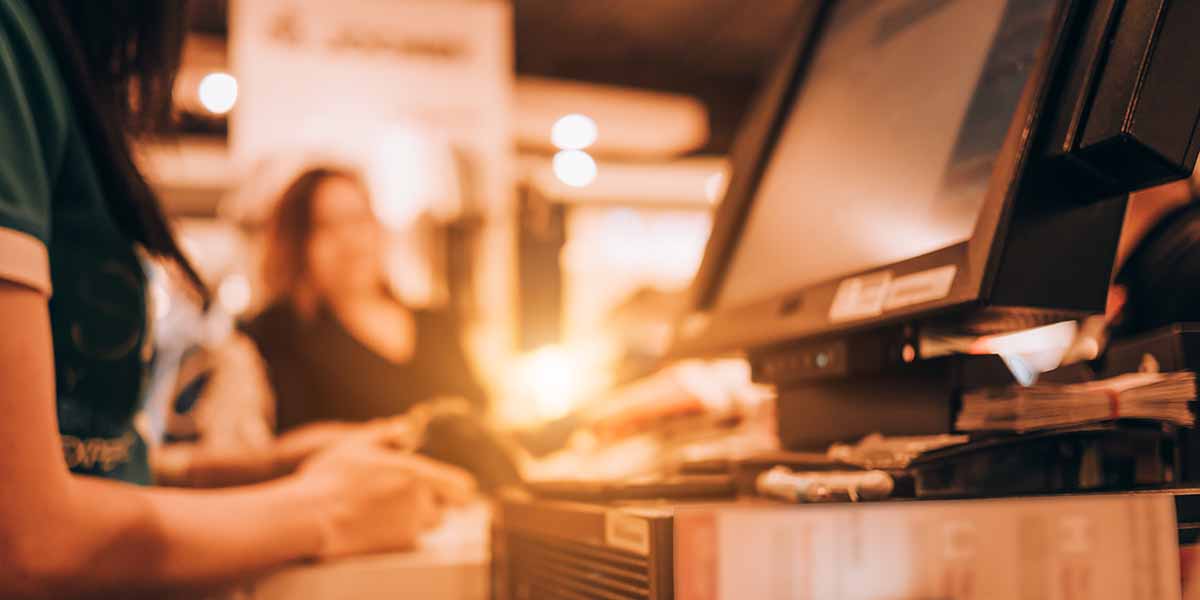
Read more
July 31, 2024
The POS replacement guide
Retail
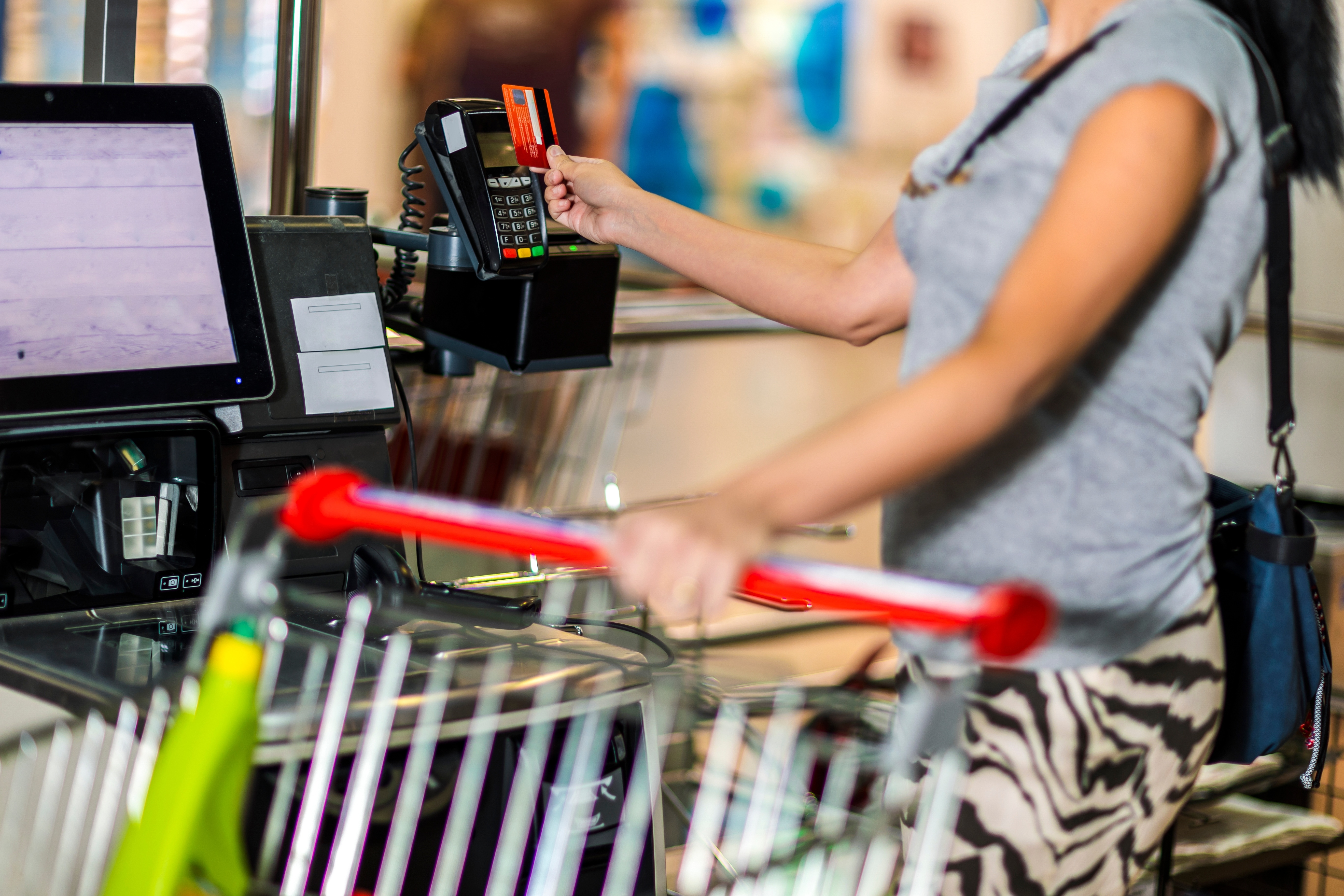
Read more
July 8, 2024
How to prevent retail fraud without disrupting operations
Retail
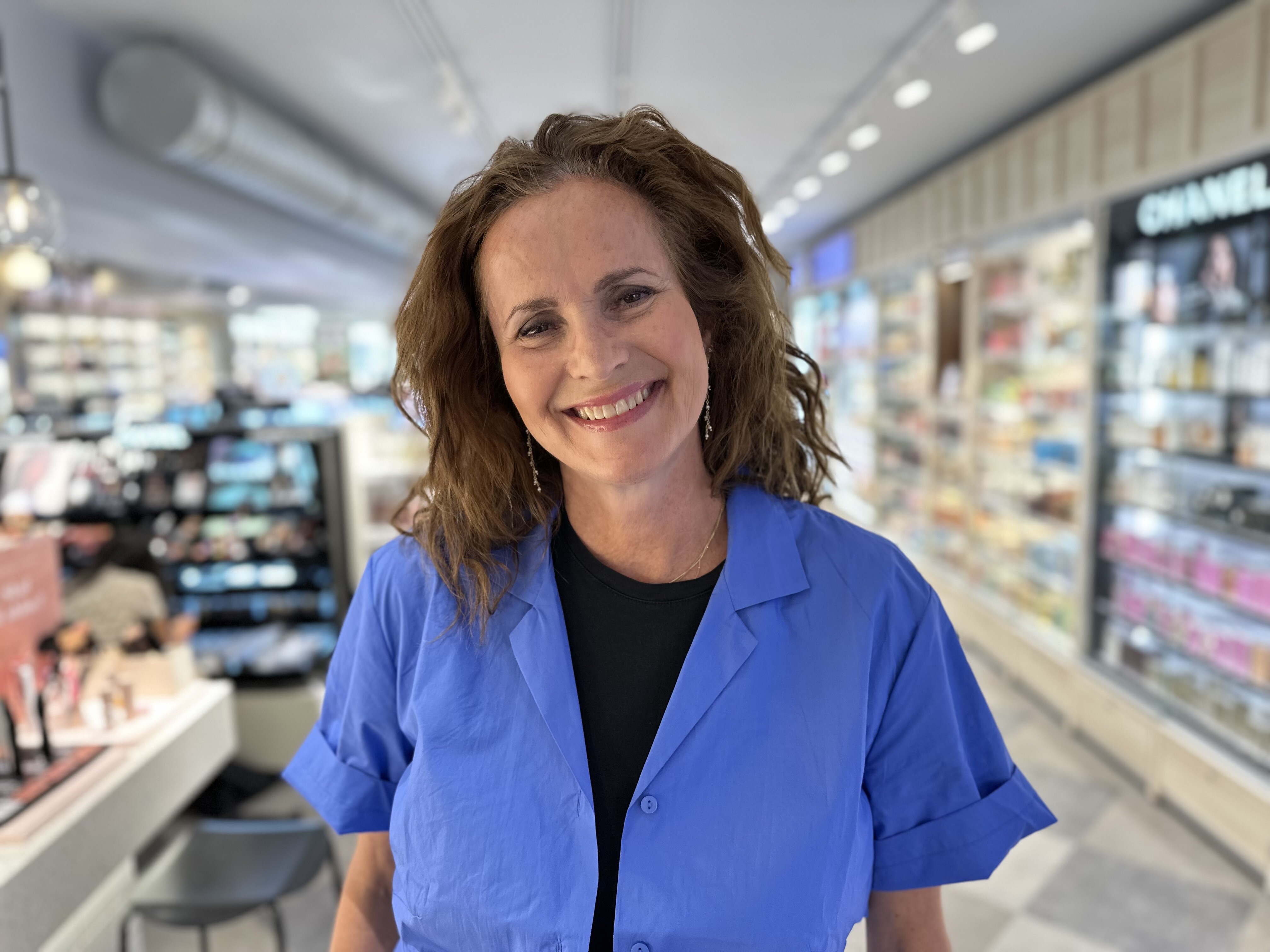
Read more
July 2, 2024
Beyond the counter: the sales coach’s perspective on Matas' mobile POS
Retail
Unified Commerce
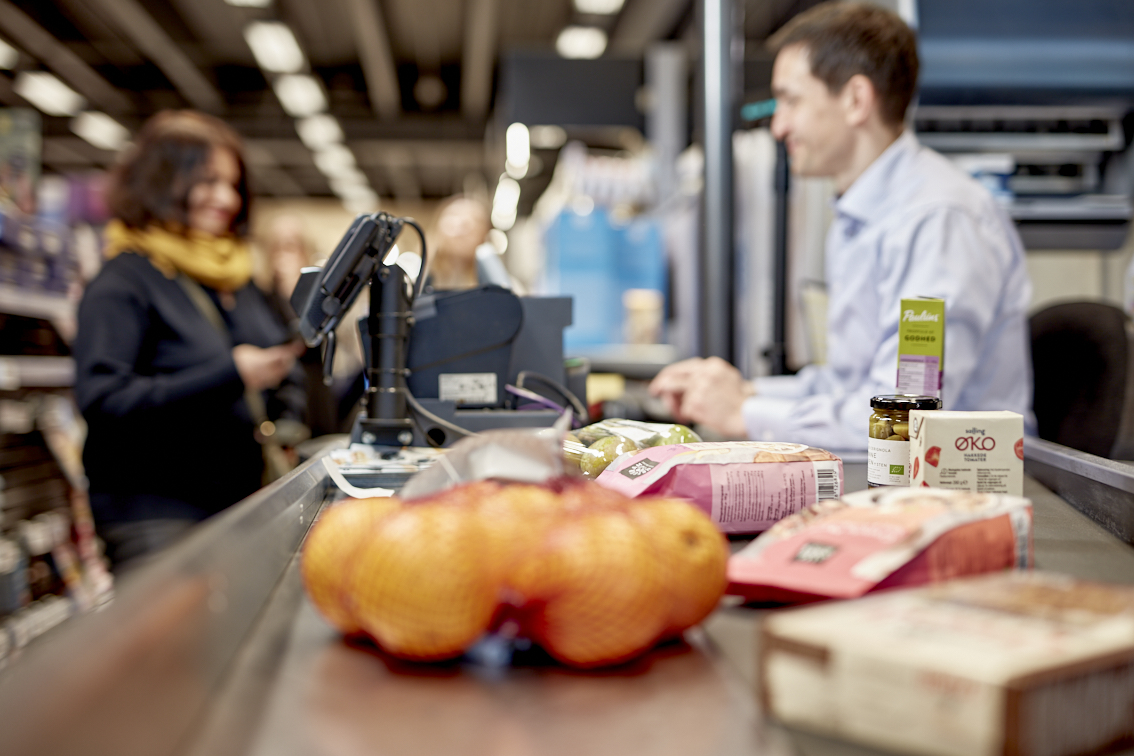
Read more
May 1, 2024
Enhancing retail performance with hybrid cloud POS solutions
Retail
Innovation
Hybrid cloud
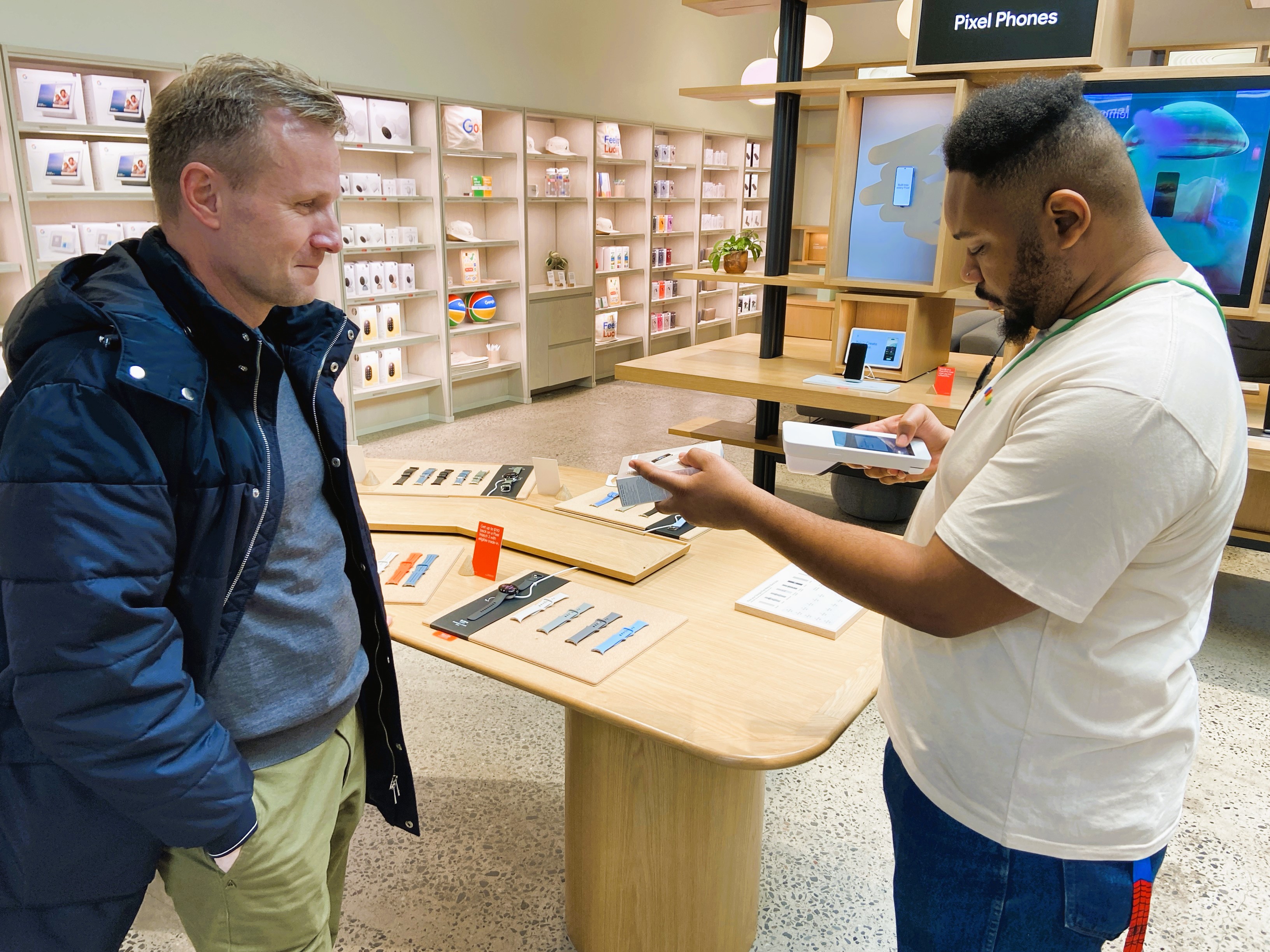
Read more
March 22, 2024
8 key trends in retail you should notice
Retail
Events
Innovation